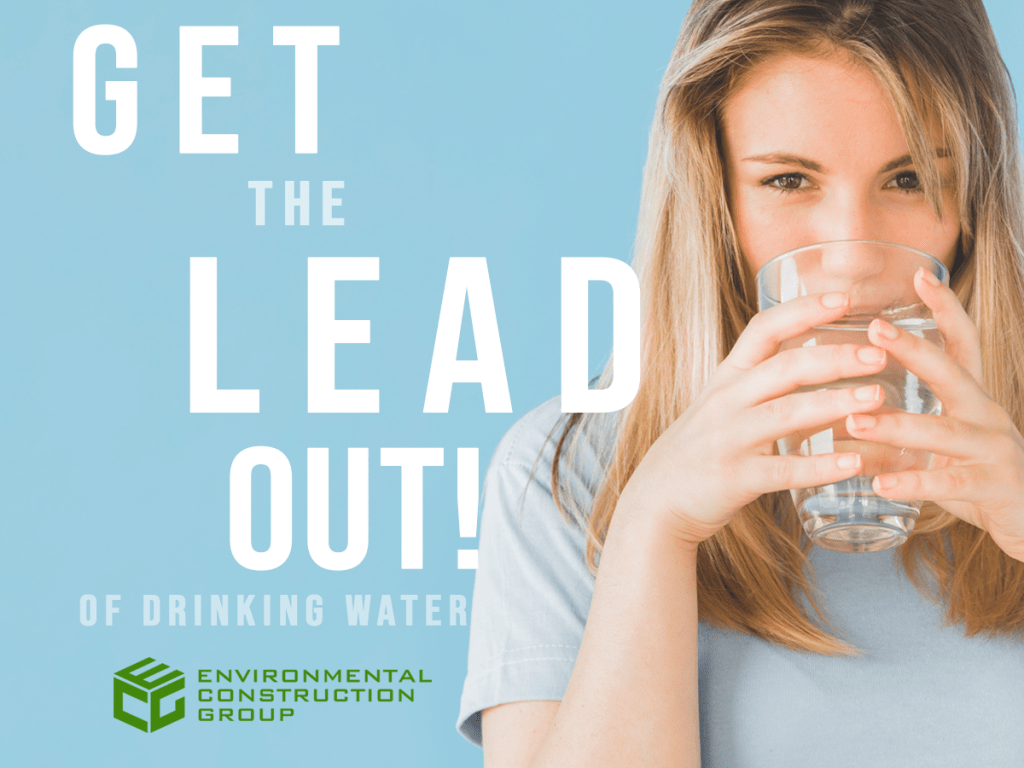WHAT SCHOOLS AND DAYCARES NEED TO KNOW ABOUT LEAD.

Exposure to lead is a significant health concern, especially for young children and infants whose growing bodies tend to absorb more lead than the average adult. That’s why buildings such as schools and daycare centers need to take extra precautions to ensure that children there are not exposed to lead. For human, ethical, and liability reasons.
What places in schools are notorious for lead?
- Lead-based paint
- Drinking water
Wait a minute … Can children be exposed to lead in drinking water?
Yes! Lead can enter drinking water when plumbing materials that contain lead deteriorate. The most common sources of lead in drinking water are lead pipes, faucets, and fixtures. The longer water continues to stay in contact with leaded plumbing, the more opportunity there is for lead to leach into the water. As a result, facilities with on-again/off-again water use patterns, such as schools and daycare facilities may have elevated lead concentrations in the water.
How does the school or daycare know if their water has lead exposure?
It is necessary to perform a test for lead at a school or daycare. The Environmental Protection Agency actively encourages schools and daycare facilities to test the water for the presence of lead; especially if food, drinks, and/or formula are prepared on-site. Each water source should be individually tested for lead exposure.
Who can do the lead testing?
A list of certified laboratories is available from your state or local drinking water authority.
Lead exposure in paint.
Buildings that were constructed before the 1980s may have lead-based paint. If the paint remains intact and is not deteriorating, it usually does not pose an immediate health threat to anyone. In cases where the paint has started to deteriorate, or where it is weathering, peeling, or chipping, the risk of contact with lead is much higher.
Children may become poisoned by lead in the following ways:
Putting their hands or other lead-contaminated objects into their mouths.
Eating paint chips with peeling or flaking lead-based paint or playing in lead-contaminated soil is a hazard and needs immediate attention.
Lead may also be a hazard in common areas that multiple people touch regularly; and passed through contact with these items:
Windows and window sills; Doors and door frames; and Stairs, railings, banisters, and porches.
If you want to know if your building or your house has lead contamination, it is necessary to perform a test for lead hazards by lead professionals; and we pride ourselves in providing testing services you can depend on. Contact us to get started on your next project, Call us: 562-438-7999




